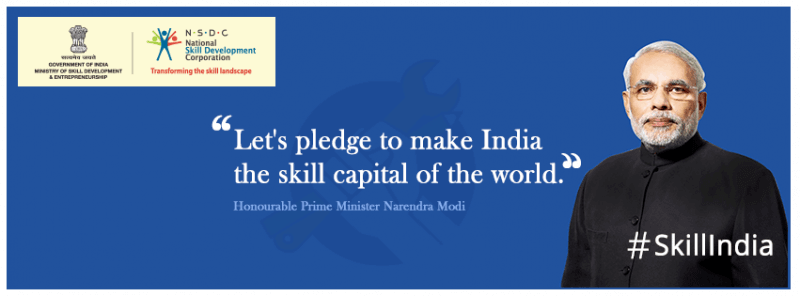This week, Prime Minister Narendra Modi announced the new Skill India project target. Over the next six months, the goal is to skill up 2.4 million people, and over the next seven years, 400 million. Although there are many brilliant people in India, the level of skilled people is extremely low and skilling India will not be as easy as repeating the slogan.
The Ministry wants the “Skill India” Campaign, to Skill people on a large Scale with Speed and high Standards.
This NDTV “Truth vs. Hype” investigation asks the questions:
- Do we have the capacity to skill so many workers while maintaining quality?
- Are industries willing to pay premium for skill?
- Is simply possessing a skill enough?
Asked what percentage of India’s workforce is skilled, Rajiv Pratap Rudi compared India to other nations.
- China 45%
- UK 68%
- Japan 80%
- South Korea 96%
- India 3.5%
This is a very low number and indicates the difficulty of the job ahead.
Observing that there are several developed nations which have wealth but not human resources, Prime Minister Modi wants India to be the country that can cater to their needs by developing the right skills in India. – See story

Skilling India
Do Companies Care About Skilling India?
Helping people to get skills is far from the only problem, though, because many companies do not appear to value skills. Most companies appear to treat and pay skilled and unskilled workers the same. Only a few companies see the value in paying their workers according to their level of skill.
Not everyone can be an entrepreneur, and there aren’t enough companies to employ everyone. The chairman of Teamlease Services showed that when he said, “There are only 1 million companies in India. There are only 15,000 companies in India with paid-up capital of more than 10 crores.”
All of this helps to make Skilling India a difficult thing to achieve. Although the project runs over seven years, the first near-term goal of training 2.4 million people by the end of the year, will be a good indicator of whether the project has any chance at all. It will also be a point at which the project can be reviewed, to see what should happen next.

Skill India banner.




